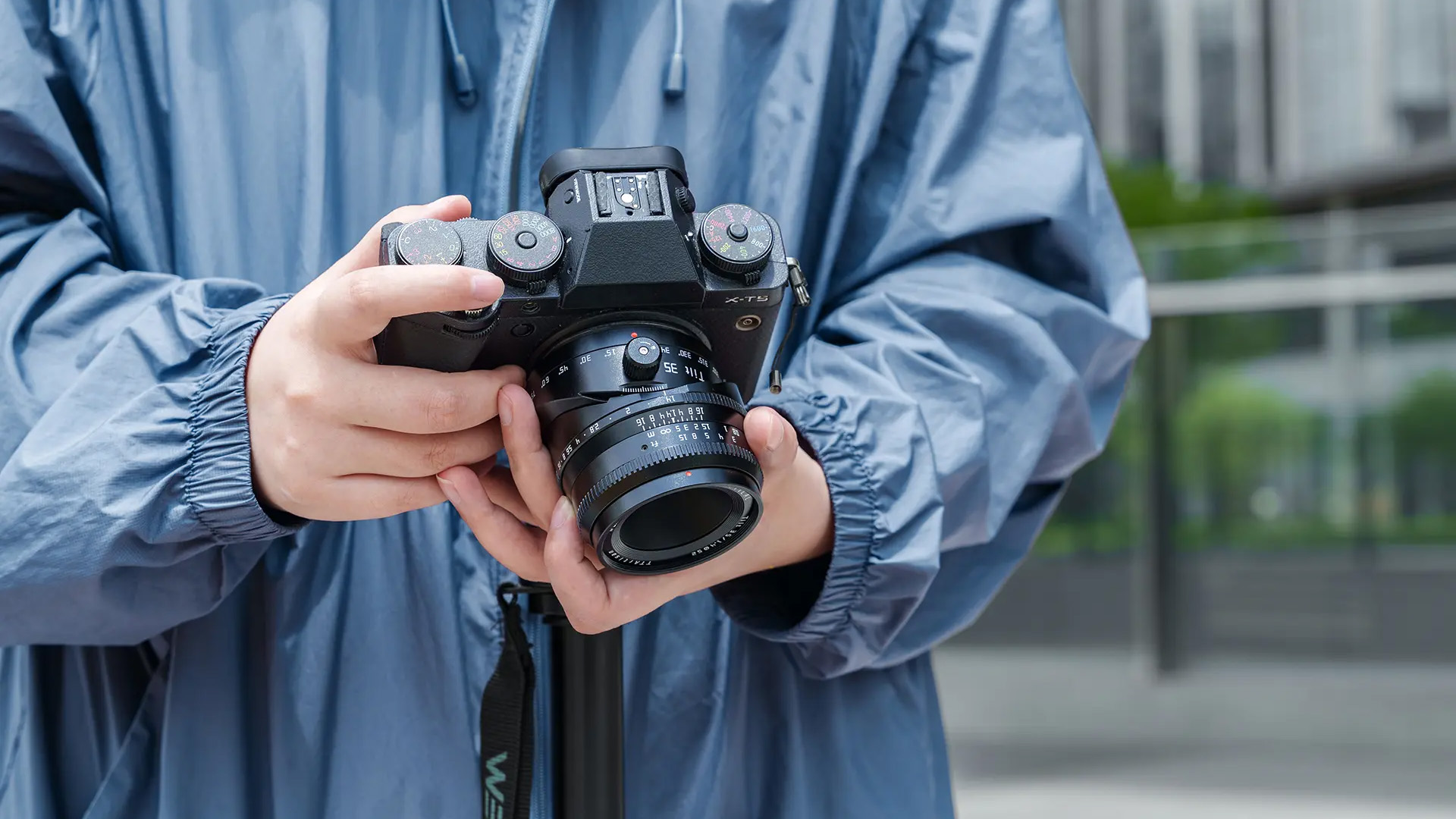Got a DJI Osmo Pocket 3? Here's how to supercharge your footage
Want more from your DJI Osmo Pocket 3? Professional filmmaker and YouTuber Hugh Sweeney has the answers

Filmmaking and photography YouTuber and all-around gearhead, Hugh Sweeney, has released an excellent video on how to transform your DJI Osmo Pocket 3 footage into something special. And Hugh's talking from experience, given that he's a professional videographer with plenty of experience using the best cameras for video.
The Ireland-based content creator is evidently a fan of the Pocket 3, citing its "great-quality video (…) relatively decent dynamic range (…) great autofocus" and "super steady footage" as its major plus points. And I couldn't agree more. The handheld video camera fared extremely well in our review, where we praised its bigger display, ability to produce crisp 10-bit video, and 32-bit audio.
But the DJI Osmo Pocket 3 is a powerful little camera. And if you want to make the most of it, you'll need to dig below the surface, which is exactly what Hugh’s video helps you do in the below video.

ABOVE: Watch Hugh's Osmo Pocket 3 tips
He begins by broaching the Osmo Pocket 3's fixed, 20mm f/2.0 lens, stating: "I'm sorry to say guys, but the digital zoom on the Osmo Pocket 3 just doesn't cut it for me." He proceeds to talk about barrel distortion diminishing faraway subjects. His solution? Get closer to the subjects you're shooting so you can fill more of the frame with them.
He then talks about auto exposure. The Osmo Pocket 3's auto exposure evidently uses a Matrix / Evaluative metering system, where it exposes for the whole frame. This means it can really darken subjects in a bid to properly expose the sky – especially problematic when vlogging. Hugh's solution is incredibly simple: frame less sky to force the auto exposure to better-expose subject details. Or position yourself so the available light is hitting your face.
The third tip relates to dealing with the Osmo Pocket 3's fixed focal length, and that's composition. Obviously the art of composition is a video in and of itself, but his top tip when vlogging is to frame yourself on either side of the frame, as opposed to centering yourself. Good tip Hugh!
The best camera deals, reviews, product advice, and unmissable photography news, direct to your inbox!

He then goes on to talk about the Osmo Pocket 3's horizon-lock mode, with the tendency being to have the horizon scything through the center of the frame. He suggests positioning the horizon line on the top or bottom third of the frame, to create a more pleasing composition.
It's nice to hear a pro content creator talk about more accessible kit. And despite Hugh's background as a professional videographer, he's not above using a selfie stick. Despite the Osmo Pocket 3's excellent image stabilization, he uses a selfie stick to help reduce "bounce" when walking and talking. But he also uses a pro-grade carbon fiber monopod to replicate a crane shot, which is sure to boost your production values.
There are plenty more extremely useful tips on offer, and it's well worth watching the video to find out how to get more out of the deceptively simple camera. Be sure to check out his excellent channel!
If you're interested in the Osmo Pocket 3, it might be worth checking out our best cameras for vlogging guide or best action cameras guide.

Mike studied photography at college, honing his Adobe Photoshop skills and learning to work in the studio and darkroom. After a few years writing for various publications, he headed to the ‘Big Smoke’ to work on Wex Photo Video’s award-winning content team, before transitioning back to print as Technique Editor (later Deputy Editor) on N-Photo: The Nikon Magazine.
With bylines in Digital Camera, PhotoPlus: The Canon Magazine, Practical Photography, Digital Photographer, iMore, and TechRadar, he’s a fountain of photography and consumer tech knowledge, making him a top tutor for techniques on cameras, lenses, tripods, filters, and more. His expertise extends to everything from portraits and landscapes to abstracts and architecture to wildlife and, yes, fast things going around race tracks...
